In Focus — The Cotswolds silversmith: 'We make beautiful works of art to last for hundreds of years'
Tucked away in an old Cotswolds silk mill, expert craftsmen harness a century of expertise to raise, planish and finish fine gold and silverware. Jeremy Flint visits Hart’s of Chipping Campden.
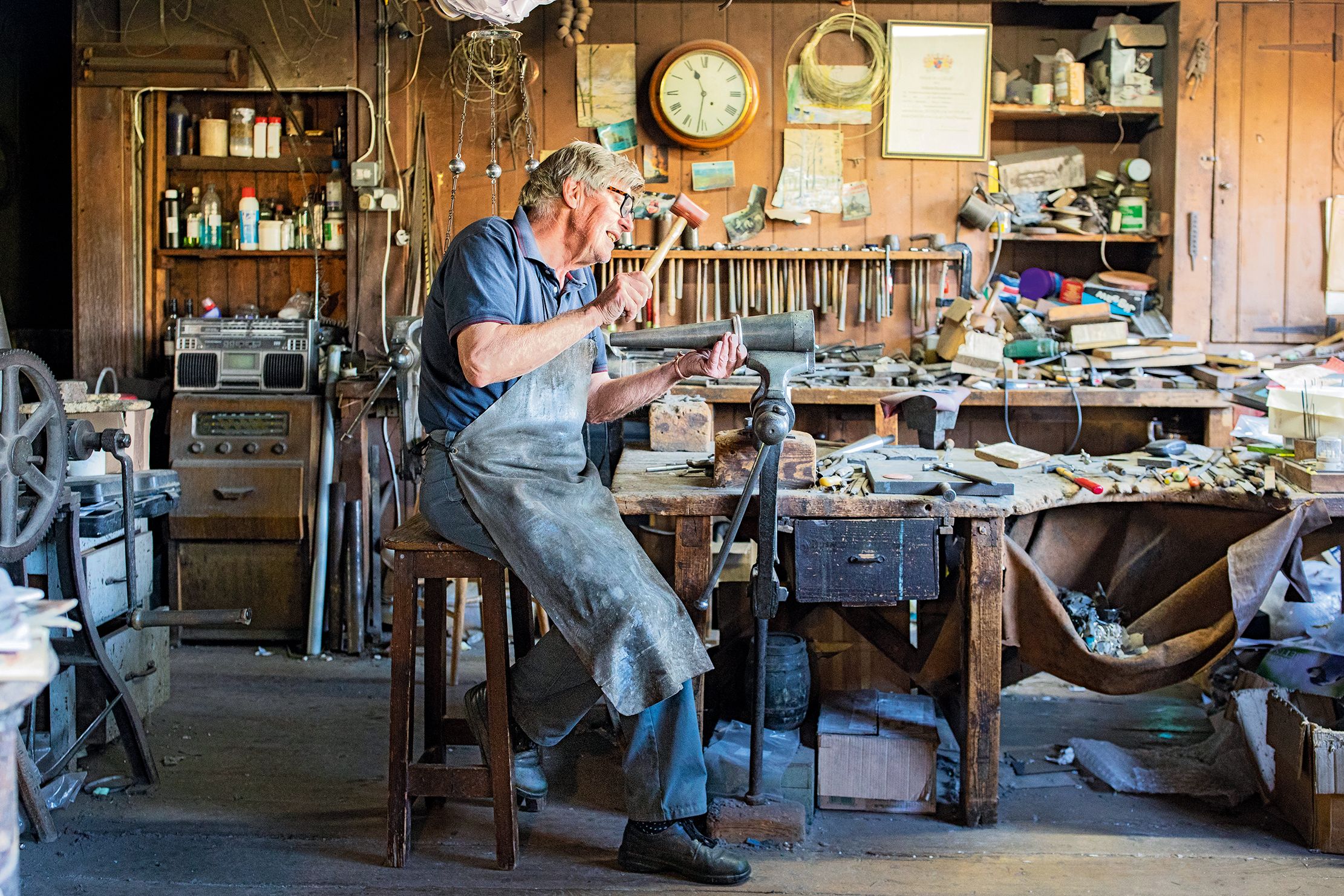

From tiny thimbles to candlesticks, cutlery and ecclesiastical silverware, Hart’s gold and silversmith in Chipping Campden, Gloucestershire, has been crafting exquisitely ornate, original and timeless pieces for generations. Indeed, some of the firm’s most notable recent commissions include a solid-silver model of a reaper plane that has pride of place in the officer’s mess at a local RAF base, a crown for the boar’s head at The Queen’s College, Oxford, which incorporates the college’s coat of arms, a honey stand for Blenheim Palace in Oxfordshire and an intricate armillary sphere (a model of objects in the sky, comprising a spherical framework of rings, centred on the Earth or the Sun, that represent lines of celestial longitude and latitude).
The establishment’s expert craftsmen have been making silver in a traditional workshop, tucked away in a quiet side street on the first floor of an old silk mill, for more than a century and it’s very much still a family-owned and run affair.
The owner, David Hart, has worked here as a silversmith for more than 60 years, having learned the craft from his father, Henry. In time-honoured tradition, David has, in turn, passed on his skills to his son William, his nephew Julian Hart and Derek Elliott, who served his apprenticeship with David as a young man.
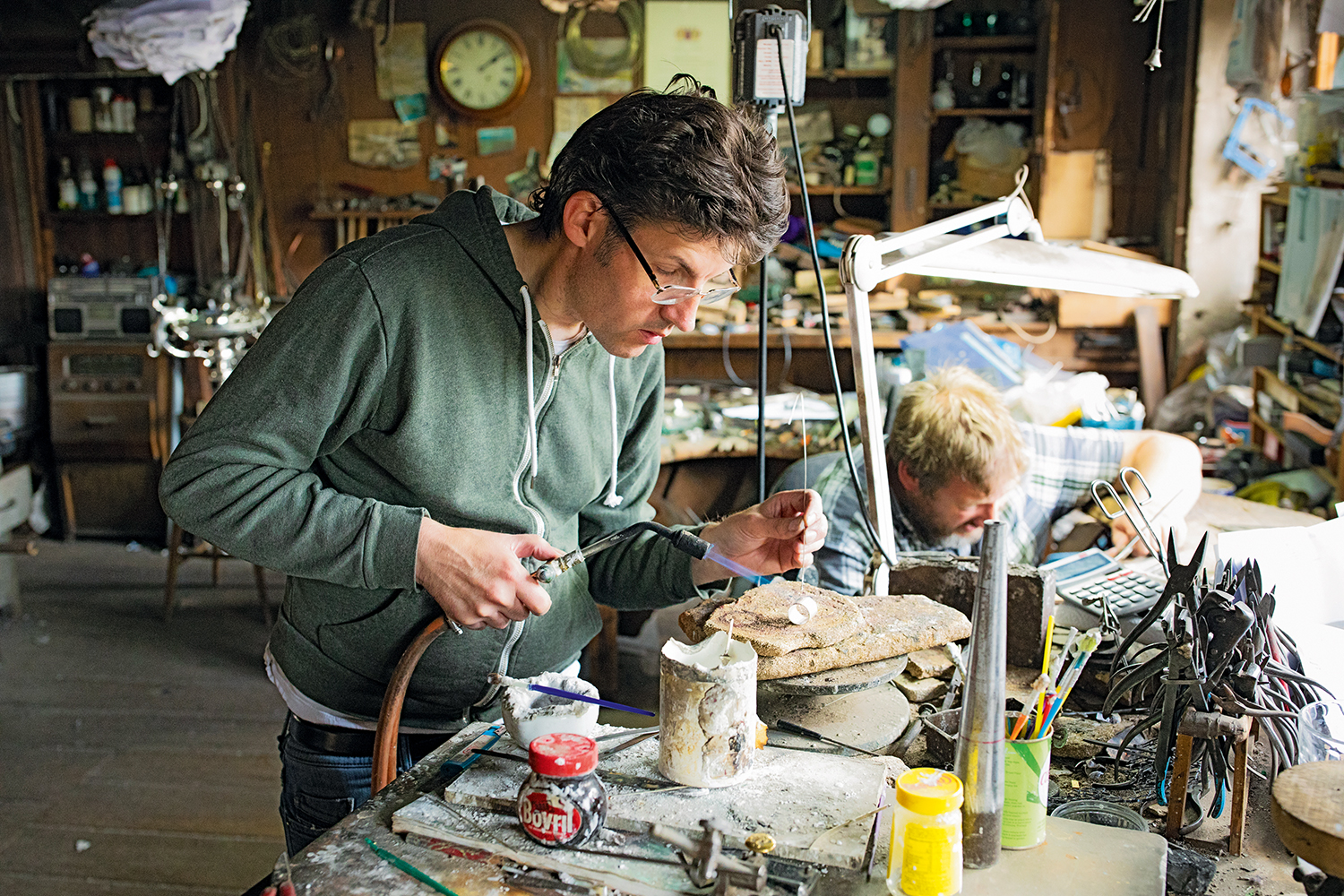
It all began when Charles Robert Ashbee — an architect, devotee of William Morris and a prime leader of the Arts-and-Crafts Movement — spotted Mr Hart’s grandfather George Henry Hart’s talent for craft and metalwork when he was still a teenager. Born in 1882, George entered a brass bowl into the Herefordshire Art Society Exhibition at Hitchin Town Hall in June 1901, for which he won an award for best ornamental work. Having been impressed by the bowl, Ashbee invited George to join his Guild of Handicraft, a co-operative of highly skilled craftsmen he had established in east London, in 1888, with the aim of reviving craftsmanship, which had been in decline since the Industrial Revolution.
In 1902, Ashbee relocated the guild (including George and about 50 other jewellers, enamellers, woodcarvers, cabinetmakers, silversmiths, French polishers and bookbinders) and workshops from London to Chipping Campden in an effort to improve his workers’ quality of life. After the guild went into liquidation in 1908, George continued the silversmiths’ shop independently, becoming one of the few surviving craftsmen in the area.
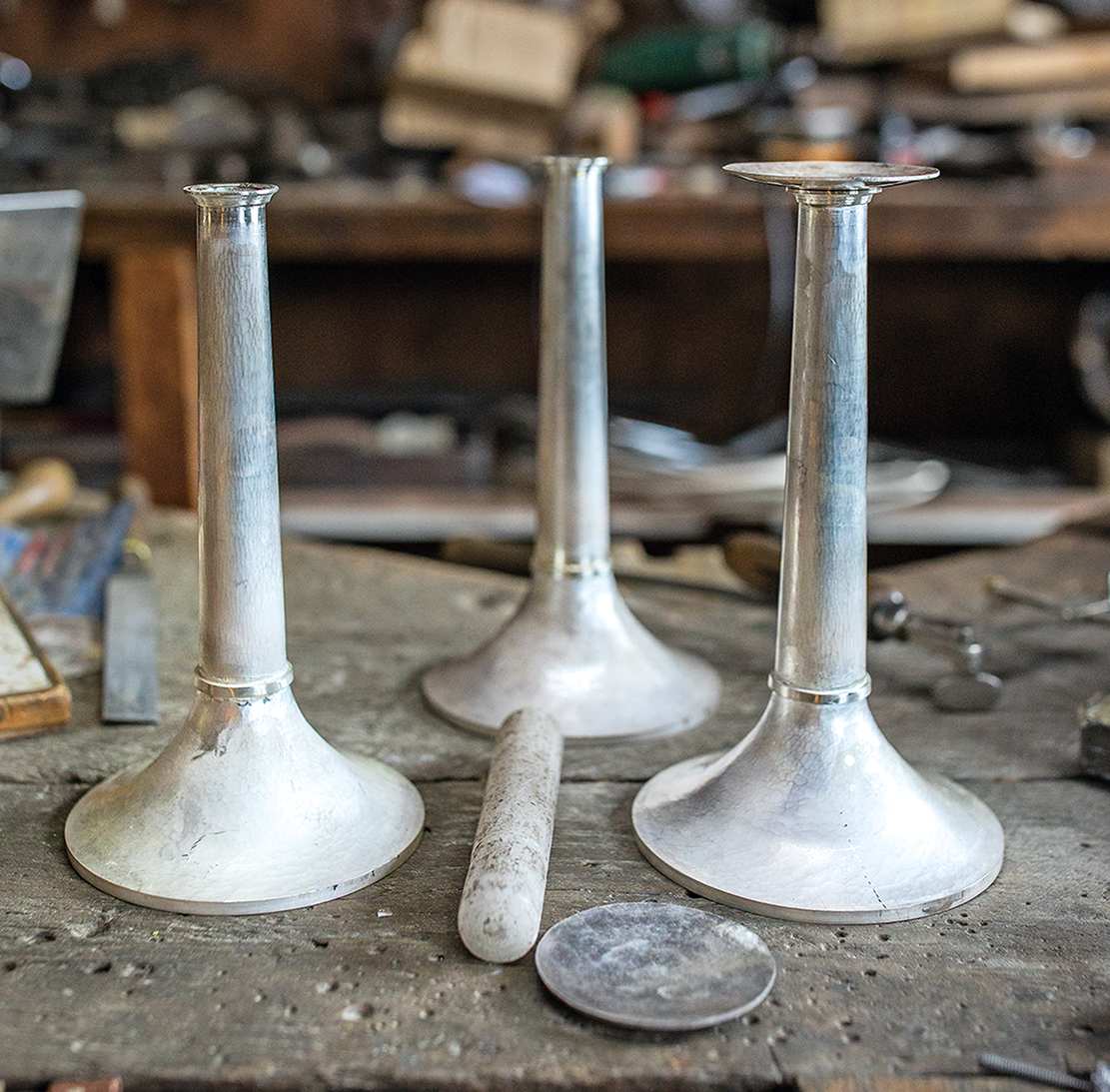
The workshop is the last operating remnant of the world-renowned Guild of Handicraft and, of the few remaining traditional handmade silversmiths in England (others can be found in Birmingham, Sheffield and London), Hart is also the oldest and most authentic. ‘The guild has been a big part of Hart’s success in preserving practices, retaining work and upholding standards. Lots of people come to us because of it,’ explains David.
Nowadays, the studio is a magical place, reflecting the glory and skill of a bygone era, where the third and fourth generations of the Hart family hone their age-old craft of making silver in a workshop where little has altered since it opened in 1902. On entering the smithery, it’s almost as if time has stood still. Ancient paperwork, comprising customer orders, invoices, designs and drawings, hangs from the flat-beamed ceilings and work-tables are weathered by dents from years of use. Traditional tools, including hundreds of hammers and stakes, line the surfaces and cling to the walls. As the craft itself remains unchanged, the sounds of metal being sculpted and hammered into shape match those of a century ago.
Sign up for the Country Life Newsletter
Exquisite houses, the beauty of Nature, and how to get the most from your life, straight to your inbox.
Specialising in the best traditions of handmade silver, each item is meticulously fashioned using processes known as ‘raising’ (whereby cut silver sheet is tapped into shape with a large hammer), ‘planishing’ (hammering more finely with a smaller hammer over a metal stake) and ‘finishing’, by filing, sanding, smoothing and polishing the silverware.
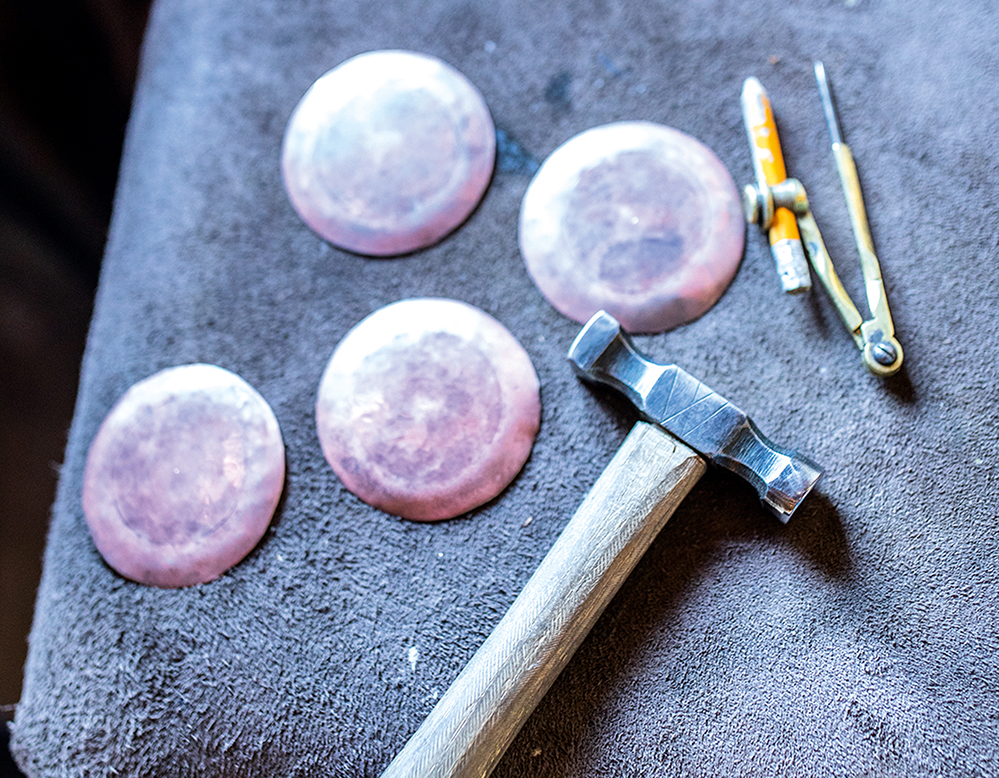
Today, the work is a mixture of private commissions, reproductions and ecclesiastical silverware for clients from all over the world. ‘We don’t need to mass produce or advertise as our competitors do, we pride ourselves on being unique,’ enthuses David of the wide range of silverware — processional crosses, decorative bowls, decanters and tea and coffee services — that the firm still fashions.
Julian didn’t always intend to work for the family business. When he was debating whether or not to go to university or apply for jobs after completing a motor-vehicle engineering course at college, his uncle invited him to do the occasional afternoon shift. ‘Twenty-six years later, I still haven’t got a job, but perhaps my two boys will go on to be the fifth generation of the family business in the future,’ he says with a smile.
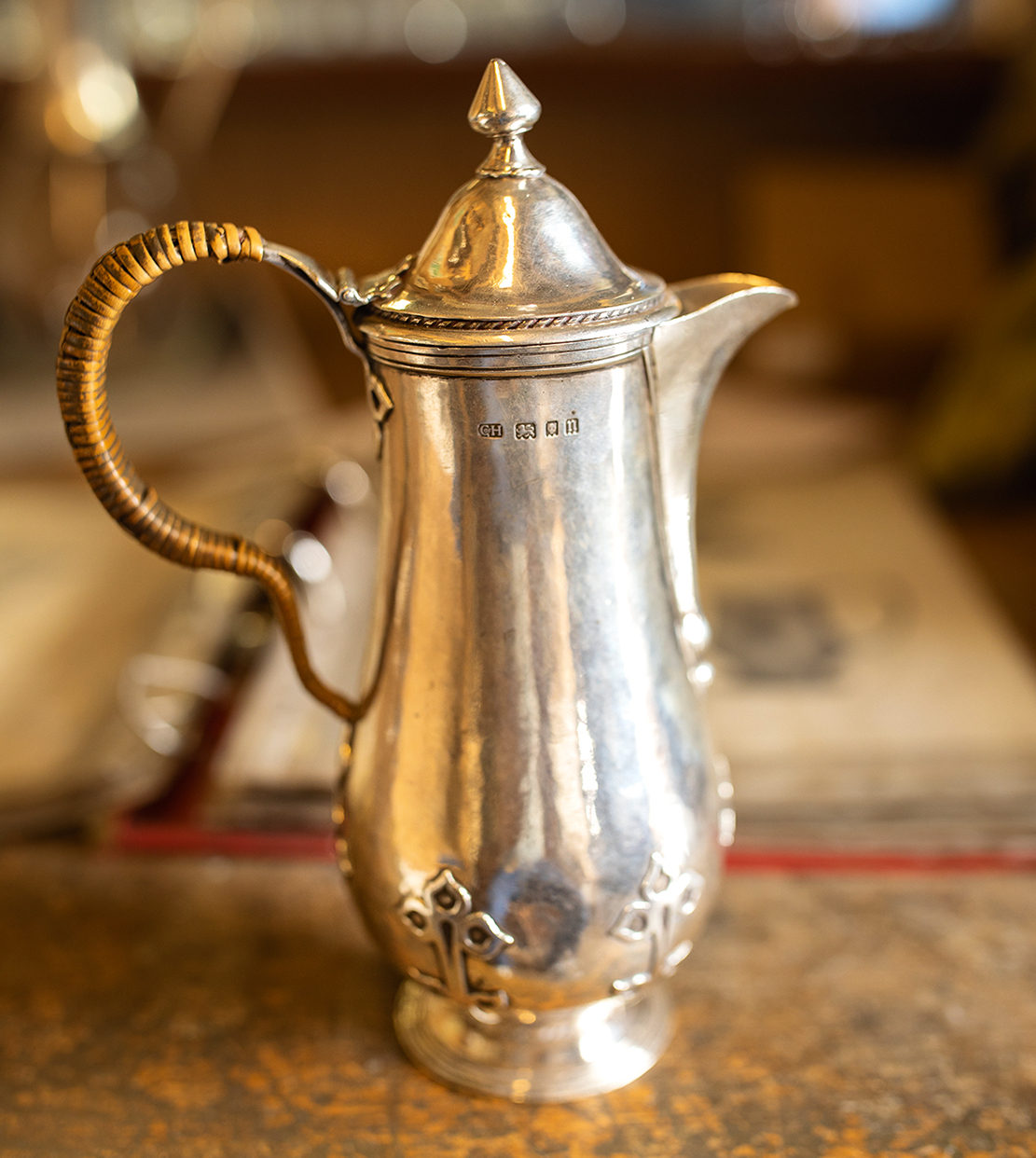
Julian is passionate about his work, detailing recent commissions of which he is particularly proud: a pair of Ashbee-inspired jam dishes and spoons, the design of which dates back to about 1900, and some Arts-and-Crafts-inspired decanters headed for Australia. Meanwhile, William has produced a magnificent model of the Market Hall in Chipping Campden as a new presentation prize for the Robert Dover’s Cotswold Olimpick Games, held in the town every year.
As with all fine crafts, the longer a piece takes to make, the more it costs. ‘Although some orders can take months and are costly to complete, the high quality and long-lasting nature of our products justify this,’ attests William. Derek recalls spending 10 days making a silver water jug for a client’s 60th birthday present, at a cost of £3,000. ‘We need to take our time, we can’t rush anything,’ he notes.
‘We like to make beautiful works of art that are designed to last for hundreds of years,’ confirms David, who is confident that his son and nephew will continue the success of the family business for the next 50 years. ‘Upholding such an exceptional level of craftsmanship is no mean feat and I can’t ask for anything more than that.’
Hart Silversmiths, The Guild of Handicraft, Sheep Street, Chipping Campden, Gloucestershire — www.hartsilversmiths.co.uk
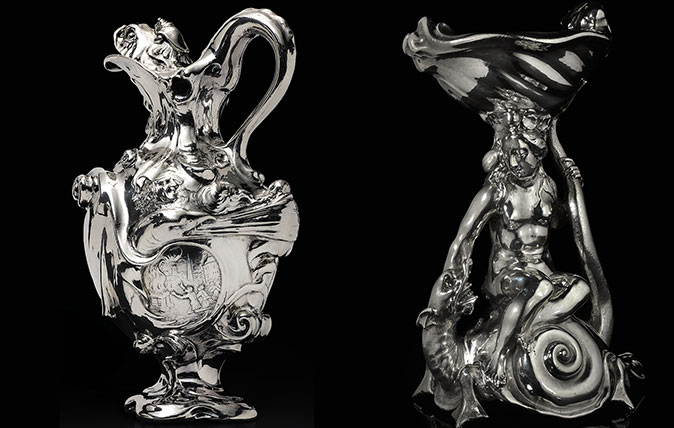
In Focus: Two silver pieces by the genius who made ‘solid objects seemingly created from liquid itself’
Huon Mallalieu pays tribute to the work of Adam van Vianen, a 16th century Dutch silversmith whose work is still
Country Life is unlike any other magazine: the only glossy weekly on the newsstand and the only magazine that has been guest-edited by HRH The King not once, but twice. It is a celebration of modern rural life and all its diverse joys and pleasures — that was first published in Queen Victoria's Diamond Jubilee year. Our eclectic mixture of witty and informative content — from the most up-to-date property news and commentary and a coveted glimpse inside some of the UK's best houses and gardens, to gardening, the arts and interior design, written by experts in their field — still cannot be found in print or online, anywhere else.
-
 Why British designers dream up the most desirable hotels
Why British designers dream up the most desirable hotelsWhen it comes to hotel design, the Brits do it best, says Giles Kime.
By Giles Kime Published
-
 The five minute guide to 'The Great Gatsby', a century on from its publication
The five minute guide to 'The Great Gatsby', a century on from its publication'The Great Gatsby' sold poorly the year it was published, but, in the following century, it went on to become a cornerstone of world literature.
By Carla Passino Published
-
 The 21st century sword maker: 'There’s something appealing about getting metal hot and smacking it with a hammer'
The 21st century sword maker: 'There’s something appealing about getting metal hot and smacking it with a hammer'Practising ancient techniques to craft modern heirlooms, bladesmith Owen Bush handmakes both decorative and practical knives or weaponry, each with their own personalities, says Claire Jackson — with some of his swords celebrities in their own right. Photographs by Richard Cannon for Country Life.
By Claire Jackson Published
-
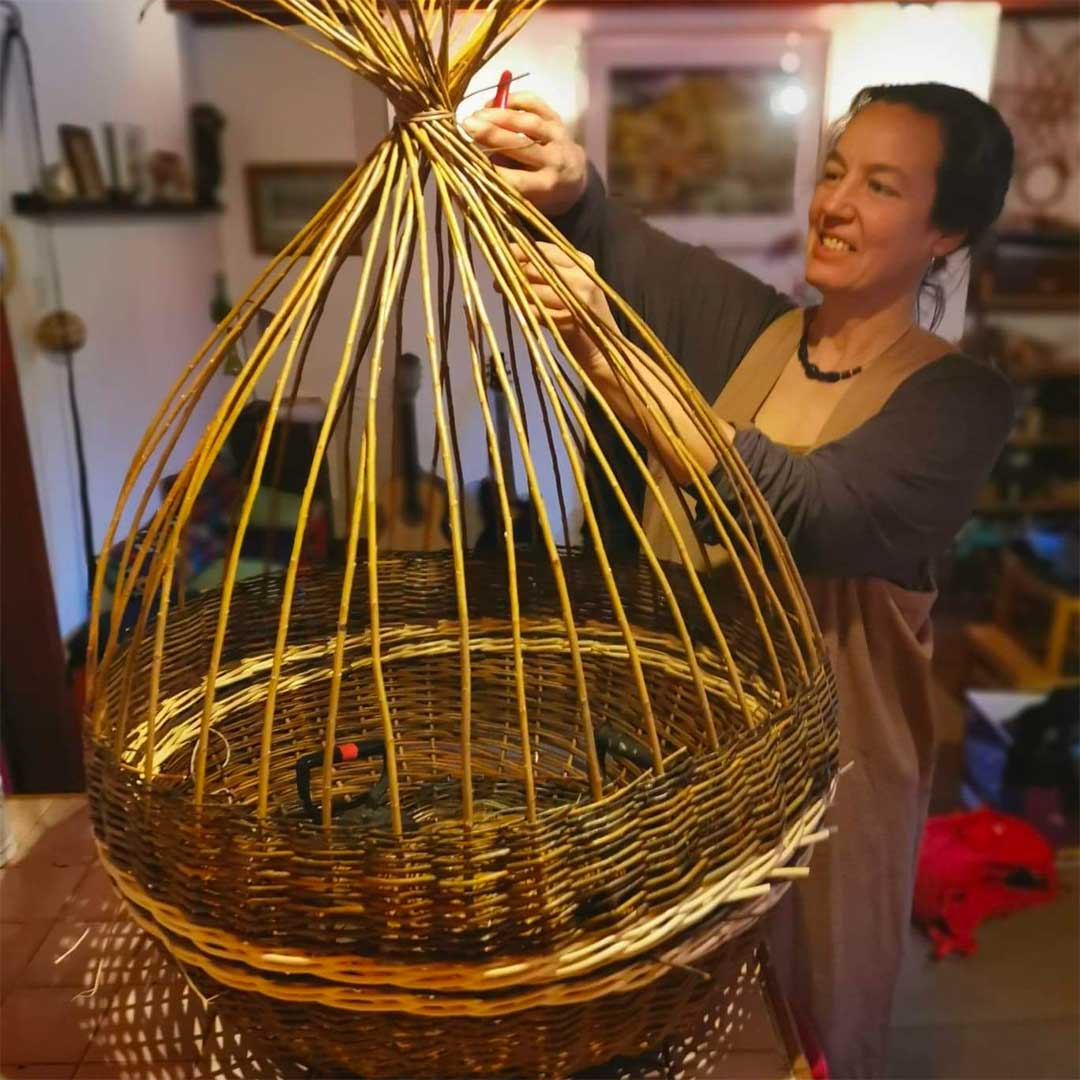 The secrets of the basket-maker: 'With a basket, you watch it grow before your very eyes'
The secrets of the basket-maker: 'With a basket, you watch it grow before your very eyes'Anna Stickland has woven a new career as a basket-maker; she spoke to Nick Hammond.
By Country Life Published
-
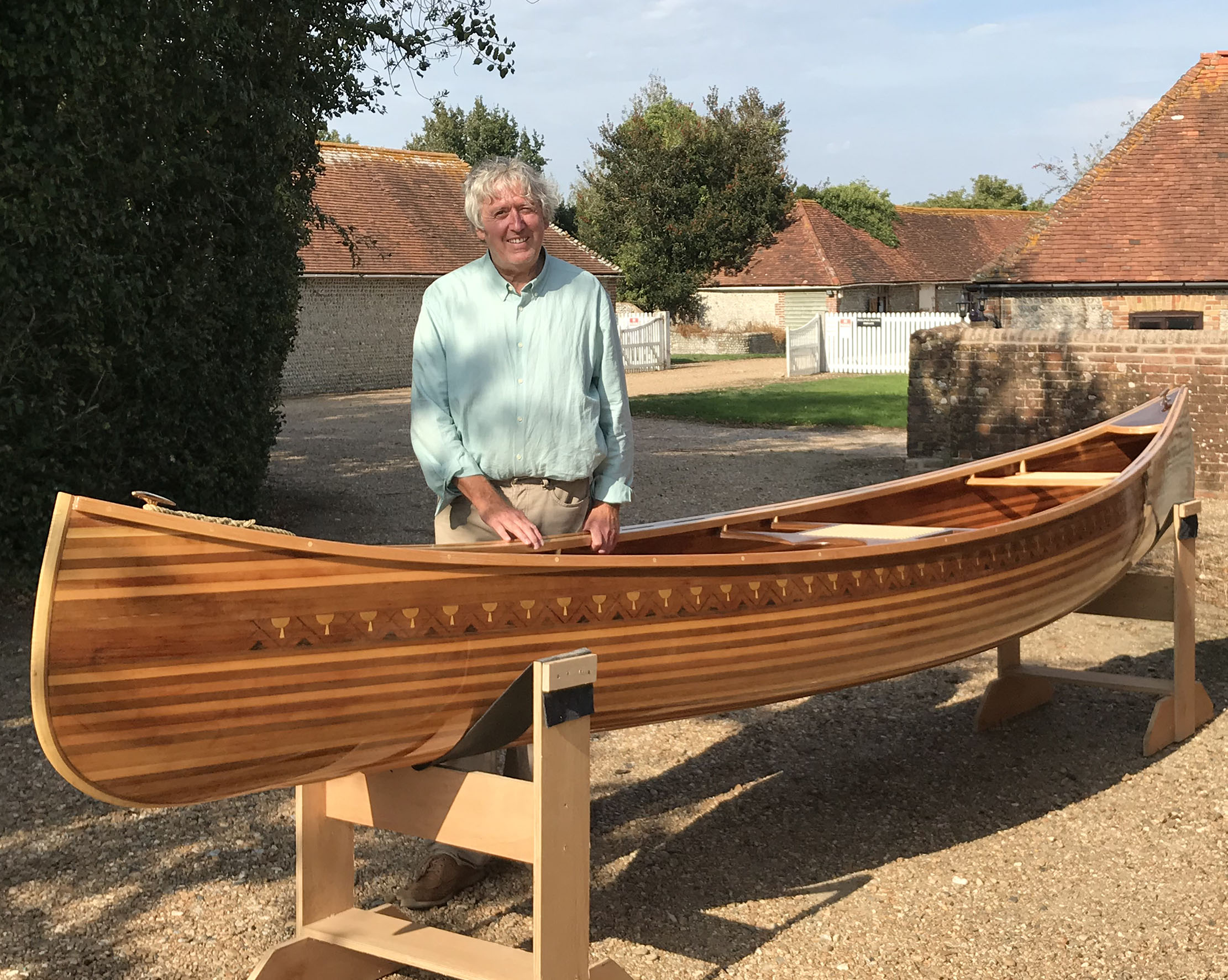 Where I Work: Huw Edwards-Jones, master craftsman and canoe maker
Where I Work: Huw Edwards-Jones, master craftsman and canoe makerThe ups and downs of 2020 didn't see Huw Edwards-Jones change where he worked, but it did change what he did: he's used the time to switch from creating beautiful hand-made furniture to spectacularly beautiful canoes. He spoke to Toby Keel.
By Toby Keel Published
-
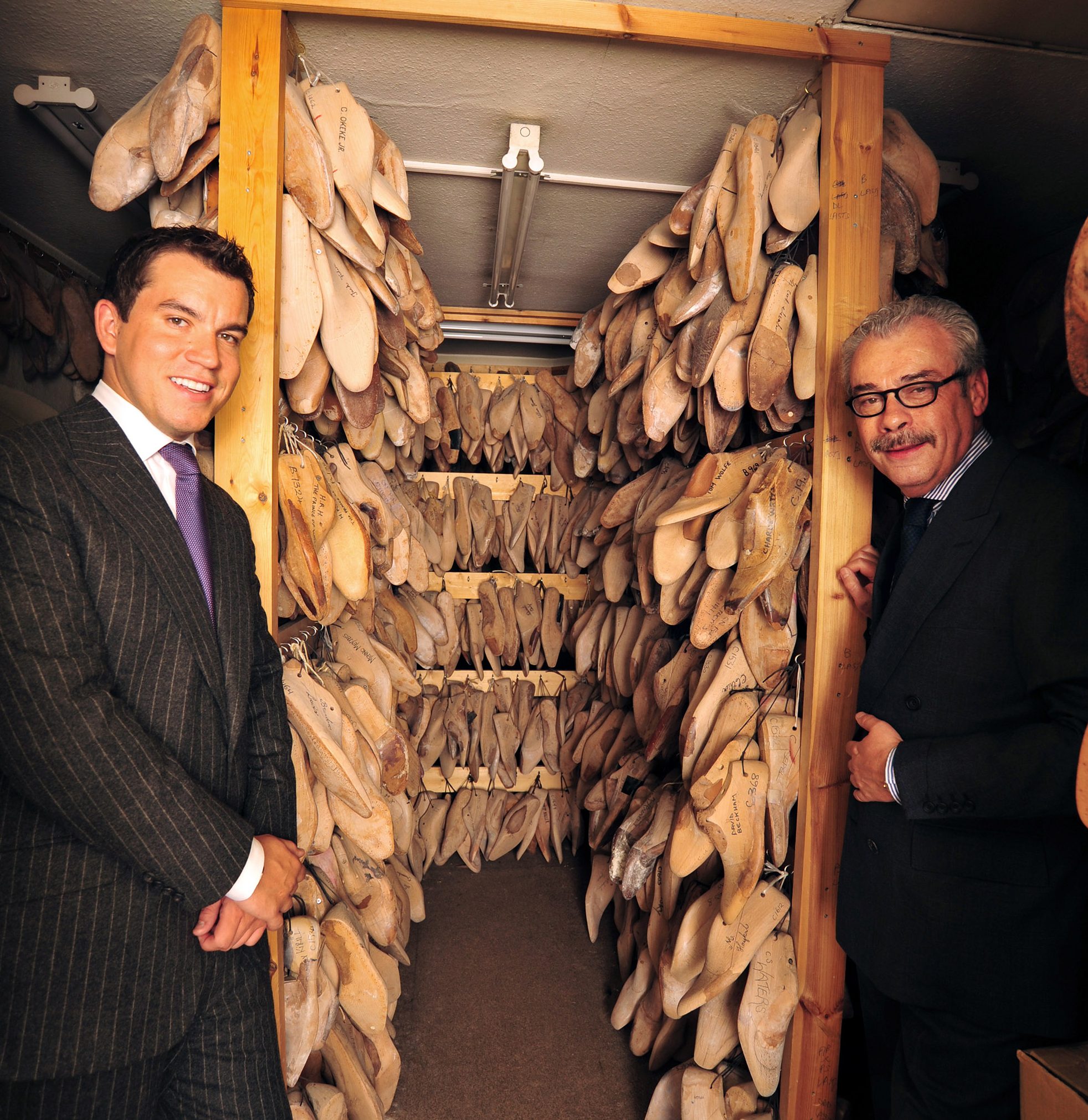 The master shoemakers who shod Churchill: 'Demand is through the roof, but it takes six to eight months to make a pair'
The master shoemakers who shod Churchill: 'Demand is through the roof, but it takes six to eight months to make a pair'The co-owners of bespoke shoe shop George Cleverley, father and son George Glasgow Snr and George Glasgow Jnr, talk to Hetty Lintell.
By Hetty Lintell Published
-
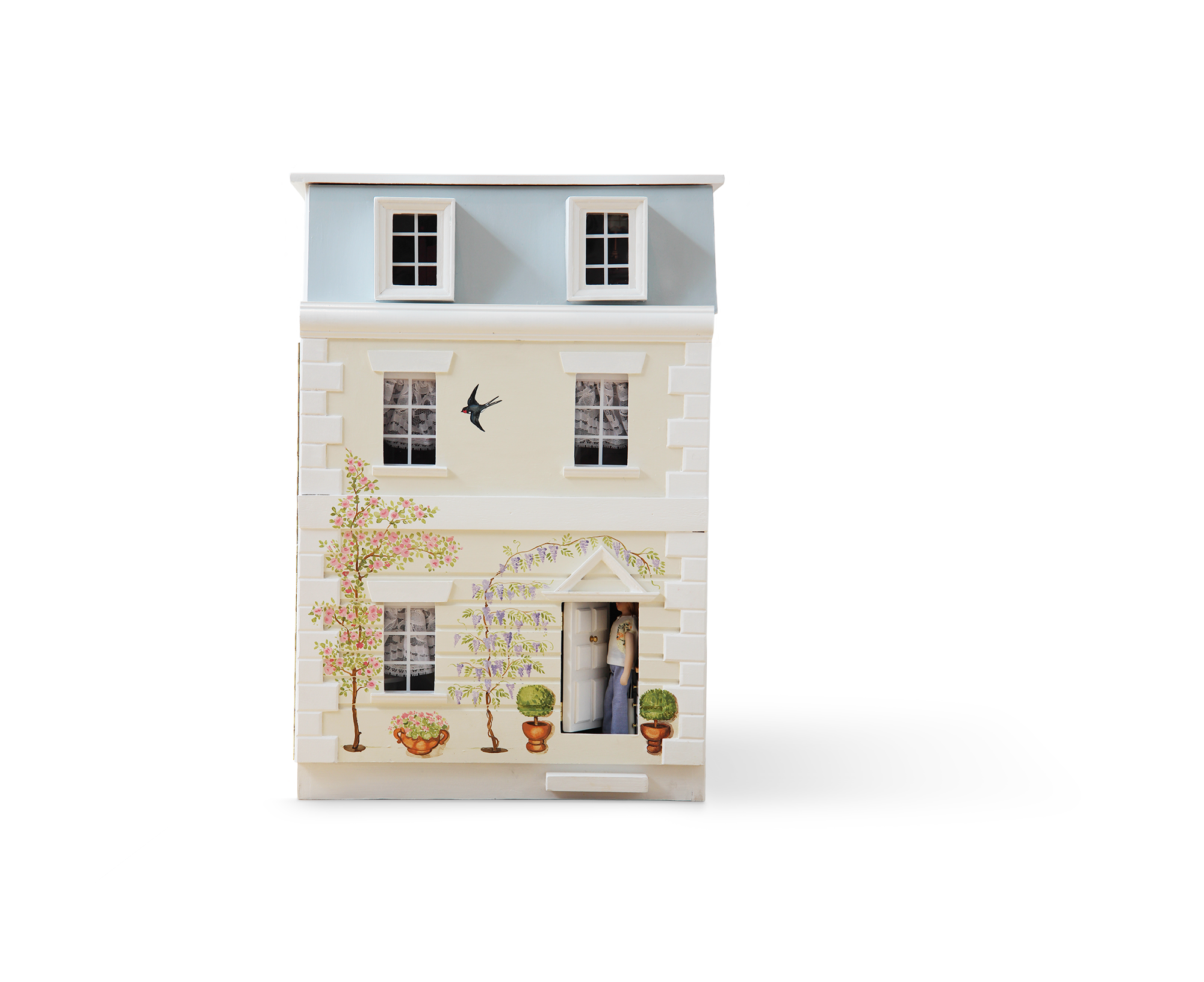 The dolls' house-maker: 'This is a place to capture the dreams of children and adults alike'
The dolls' house-maker: 'This is a place to capture the dreams of children and adults alike'Dragons of Walton Street have been making beautiful dolls' houses for four decades, and the company is still run by Lucinda Croft, the daughter of the founder. She spoke to Hetty Lintell.
By Hetty Lintell Published
-
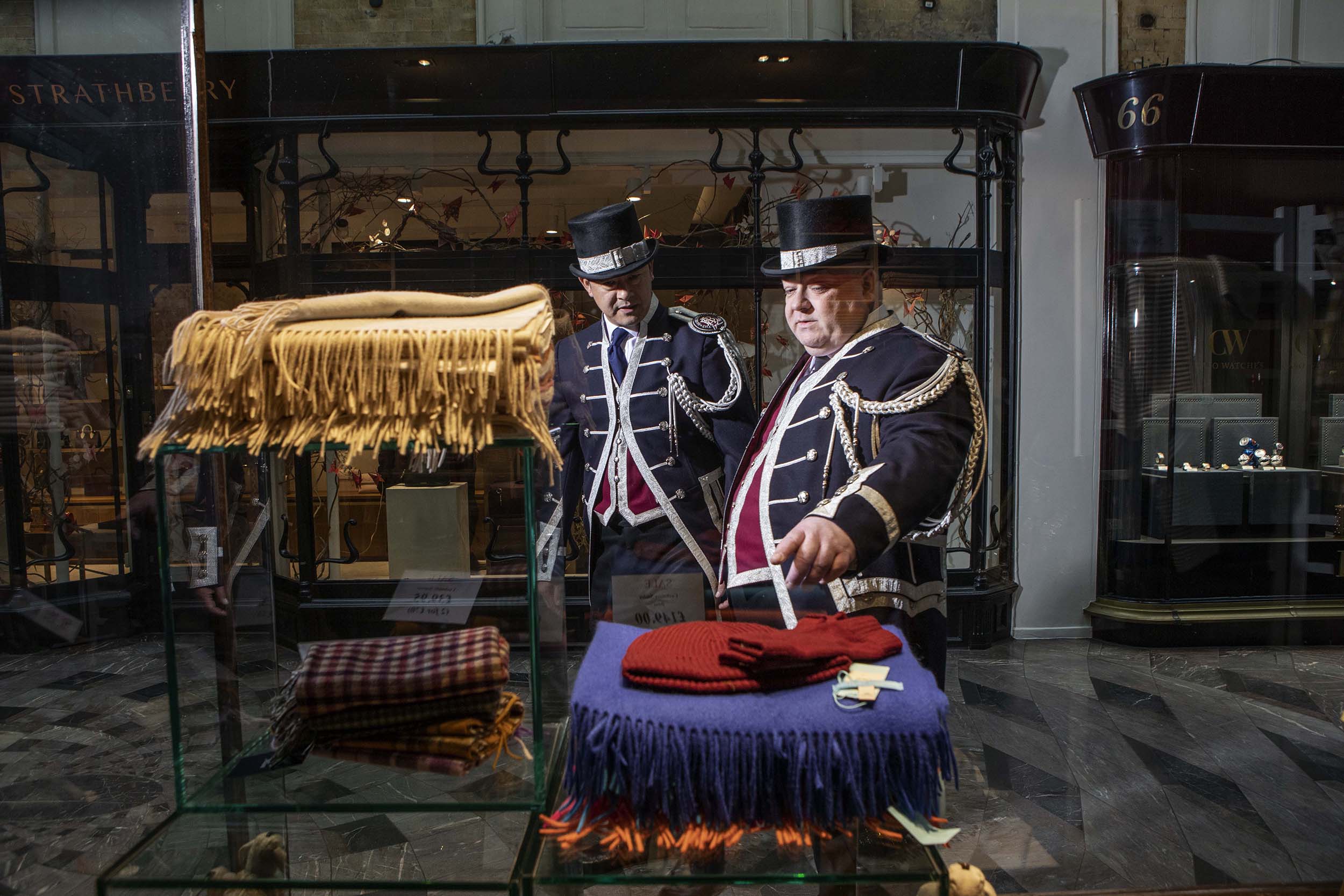 Meet the Beadles: The centuries-old private police force at Burlington Arcade, the world's swishest shopping mall
Meet the Beadles: The centuries-old private police force at Burlington Arcade, the world's swishest shopping mallThis week marked the 200th birthday of London’s Burlington Arcade. Adam Hay-Nicholls goes undercover with the Beadles, its private police force. With photographs by Richard Cannon.
By Country Life Published
-
 The bagpipe-maker: 'The older customers want me to make their pipes sharpish; they want to be sure they’re not dead before they get to play them!'
The bagpipe-maker: 'The older customers want me to make their pipes sharpish; they want to be sure they’re not dead before they get to play them!'Hours of intricate work are needed to craft a set of bagpipes. Kate Lovell spoke to bagpipe-maker Dave Shaw to find out how it's done.
By Country Life Published
-
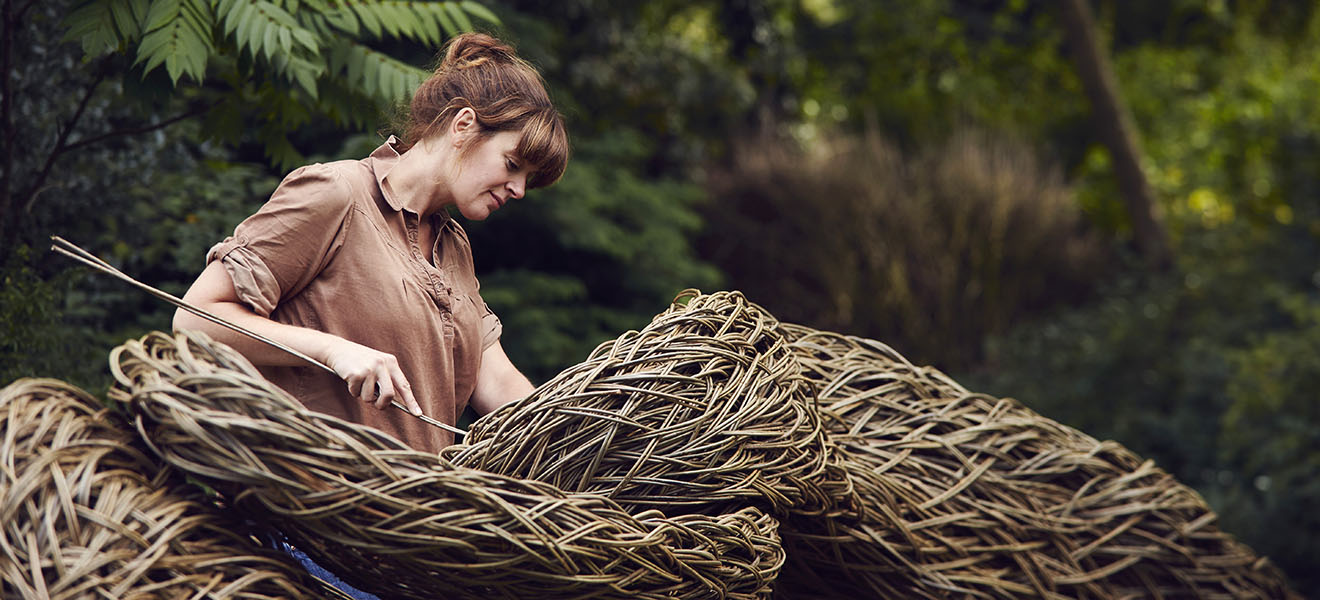 The willow weaver: 'I like to let the host structure feed the form'
The willow weaver: 'I like to let the host structure feed the form'With such romantic names as Dicky Meadows, Flanders Red and Noir de Verlaine, willow is one of Nature’s most versatile materials. Jane Wheatley meet Laura Ellen Bacon, who crafts works of art from twisted stems of Salix.
By Country Life Published